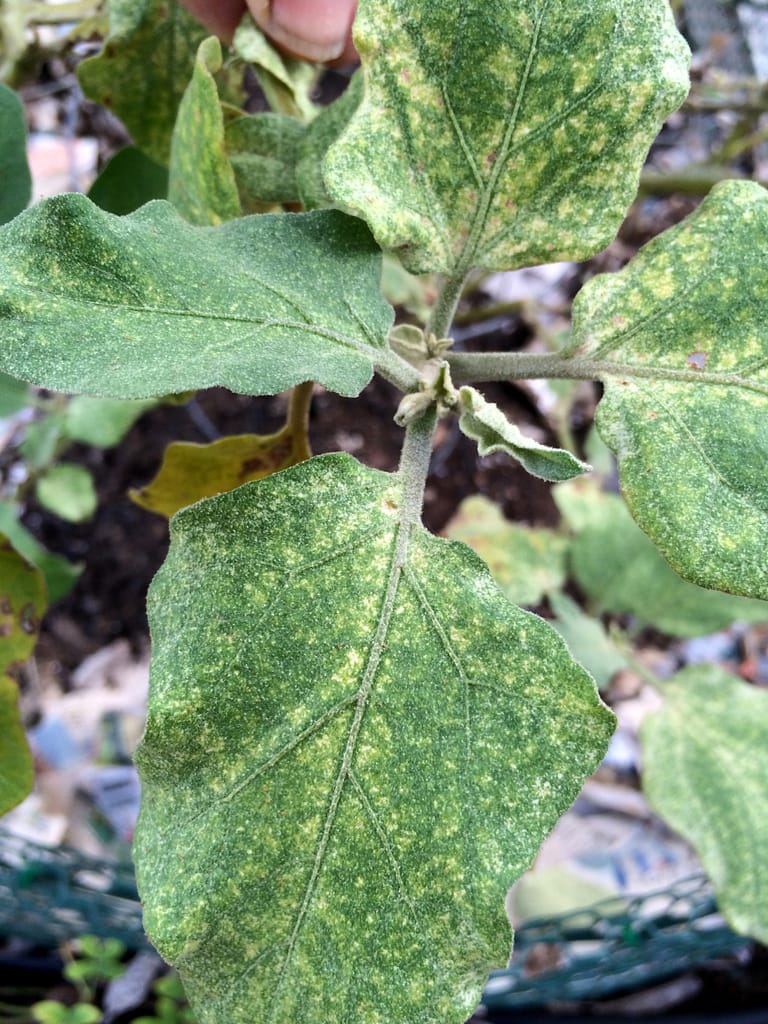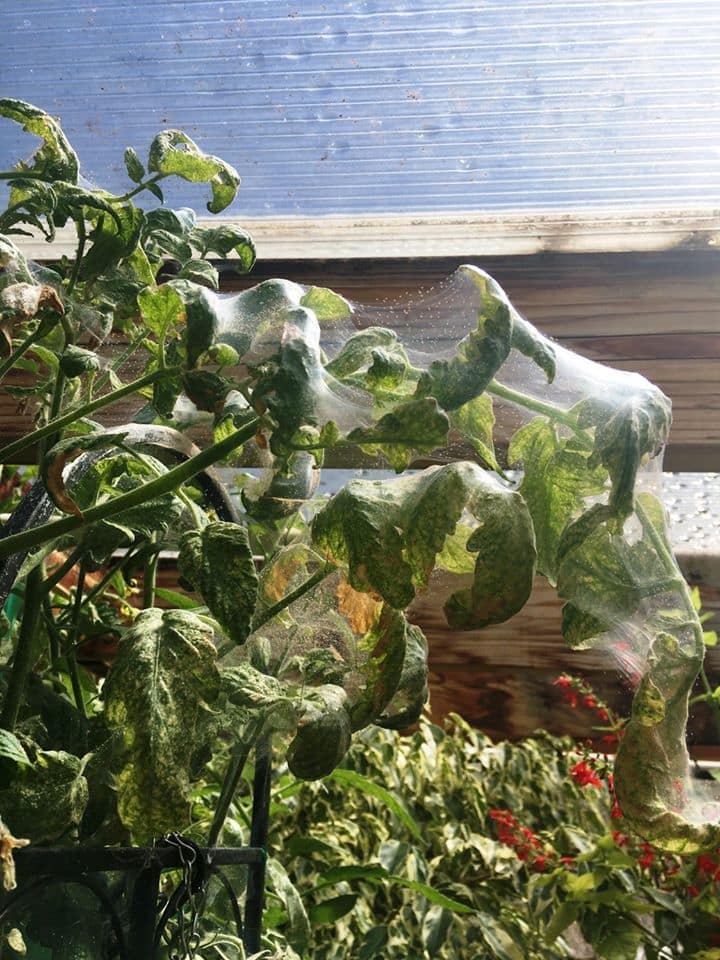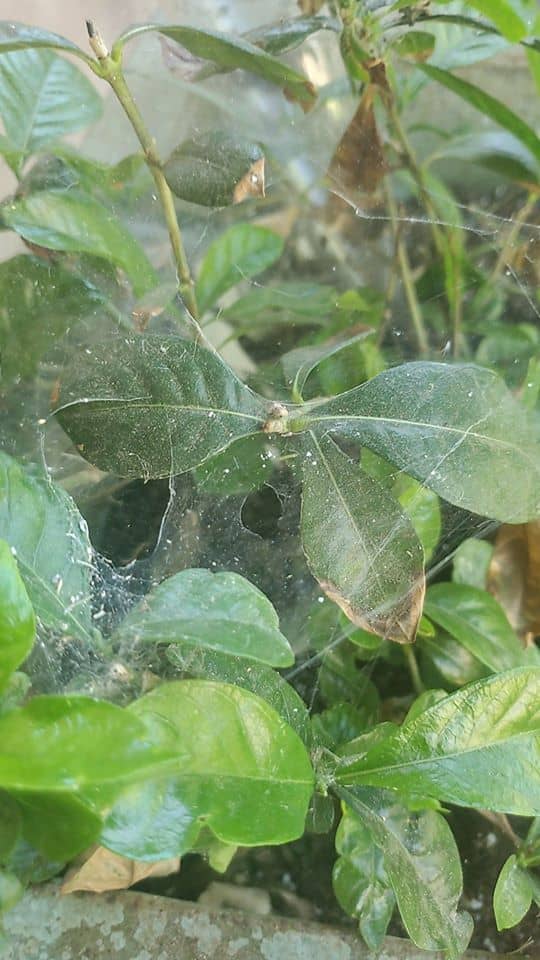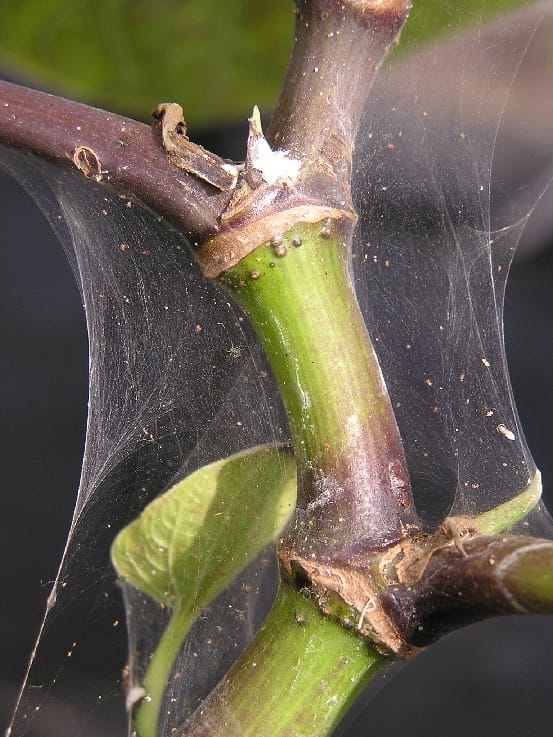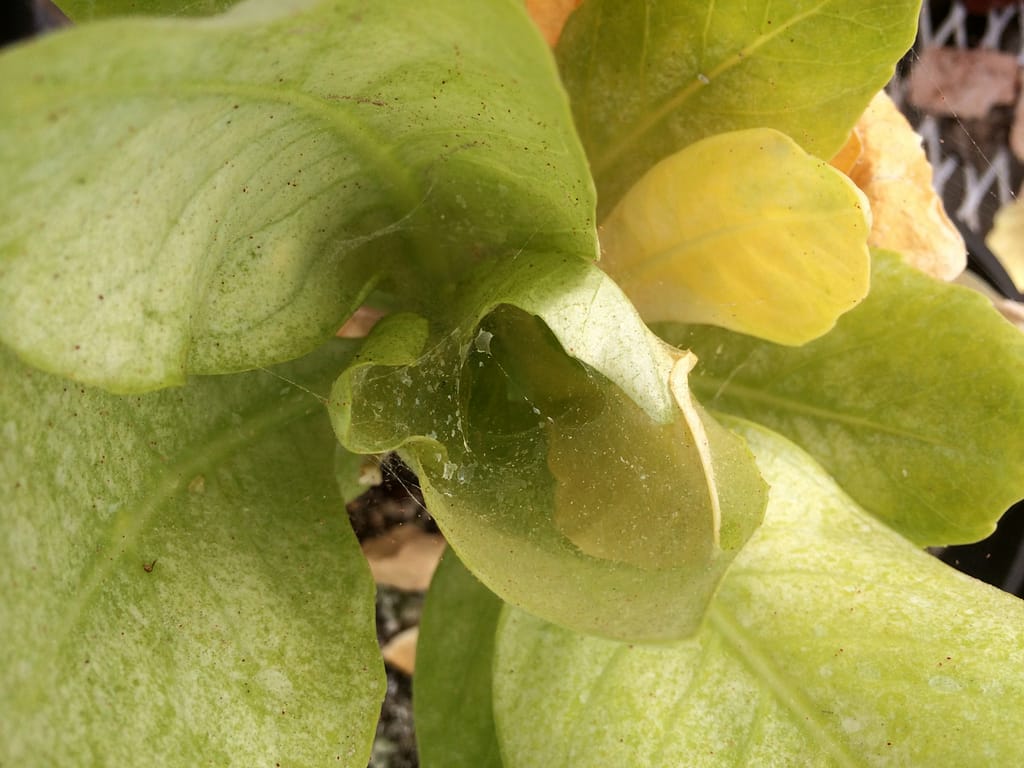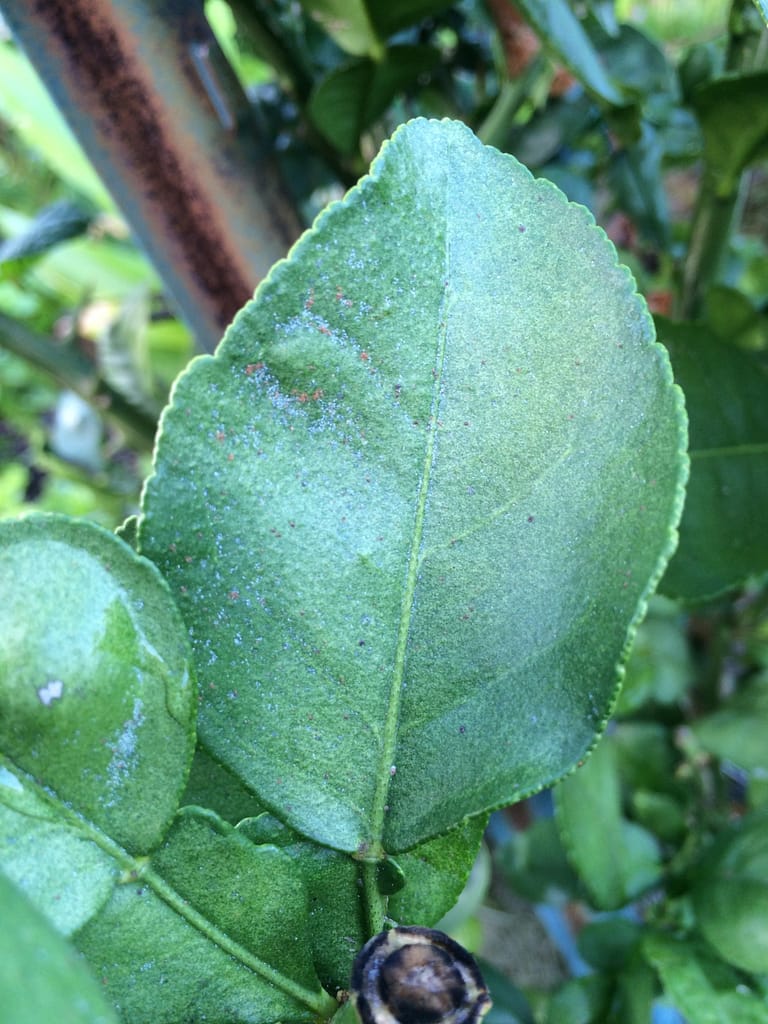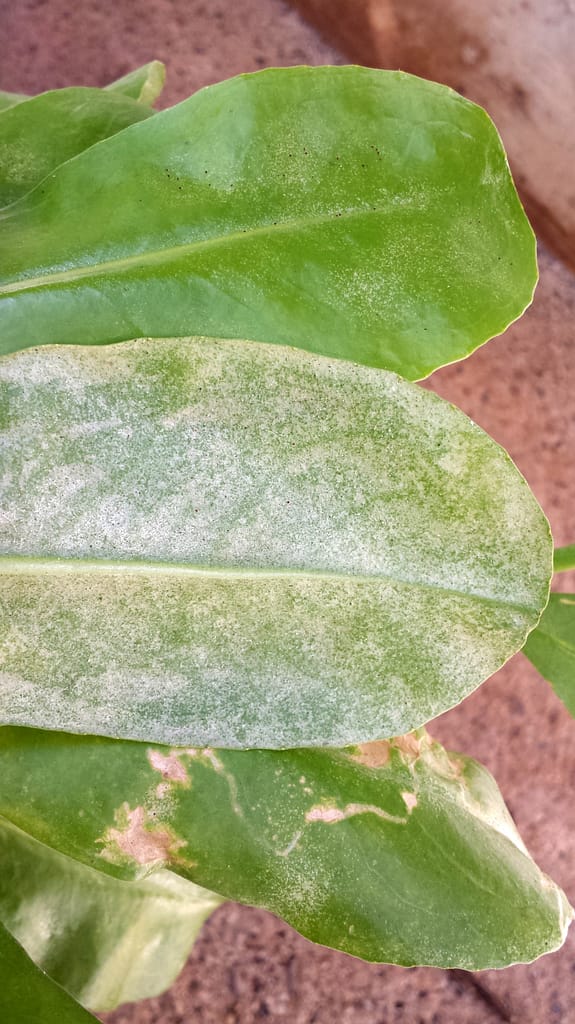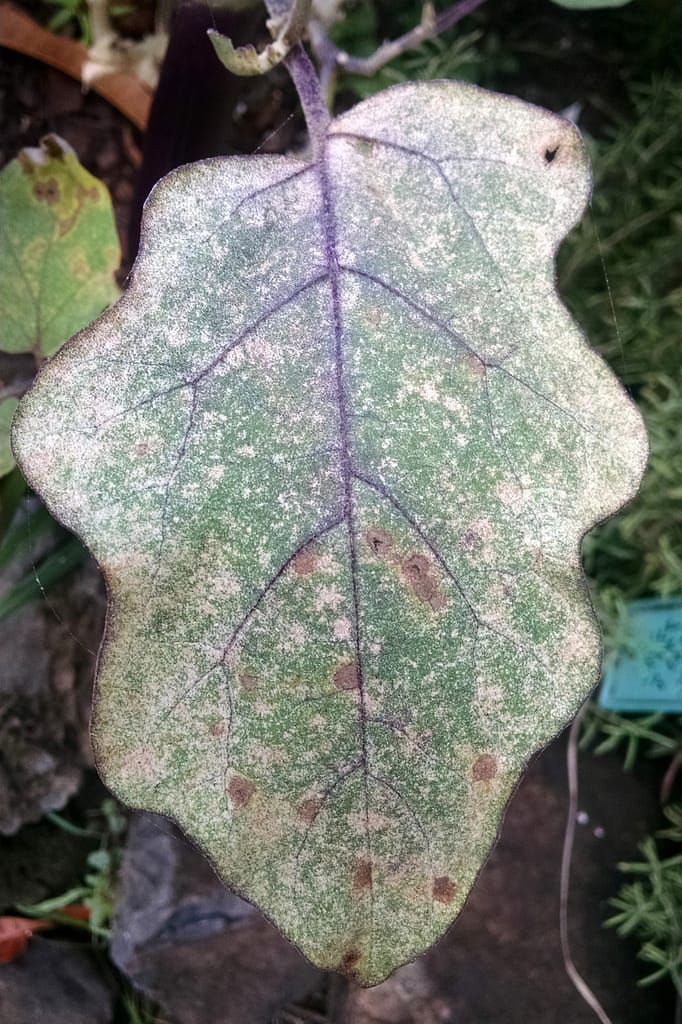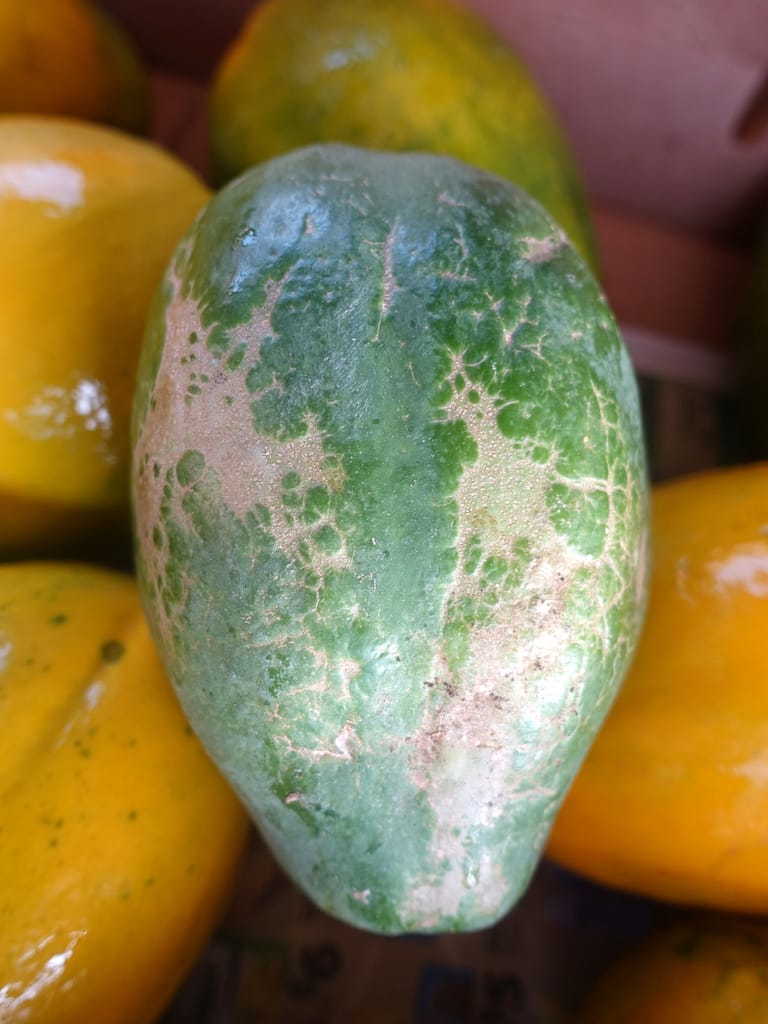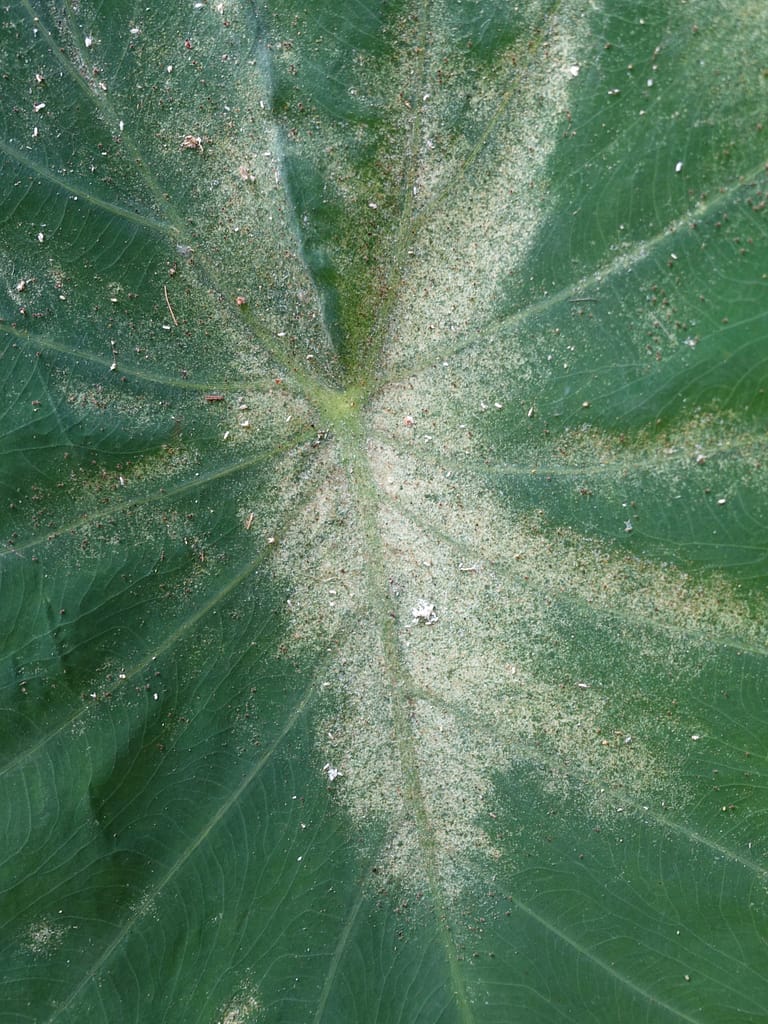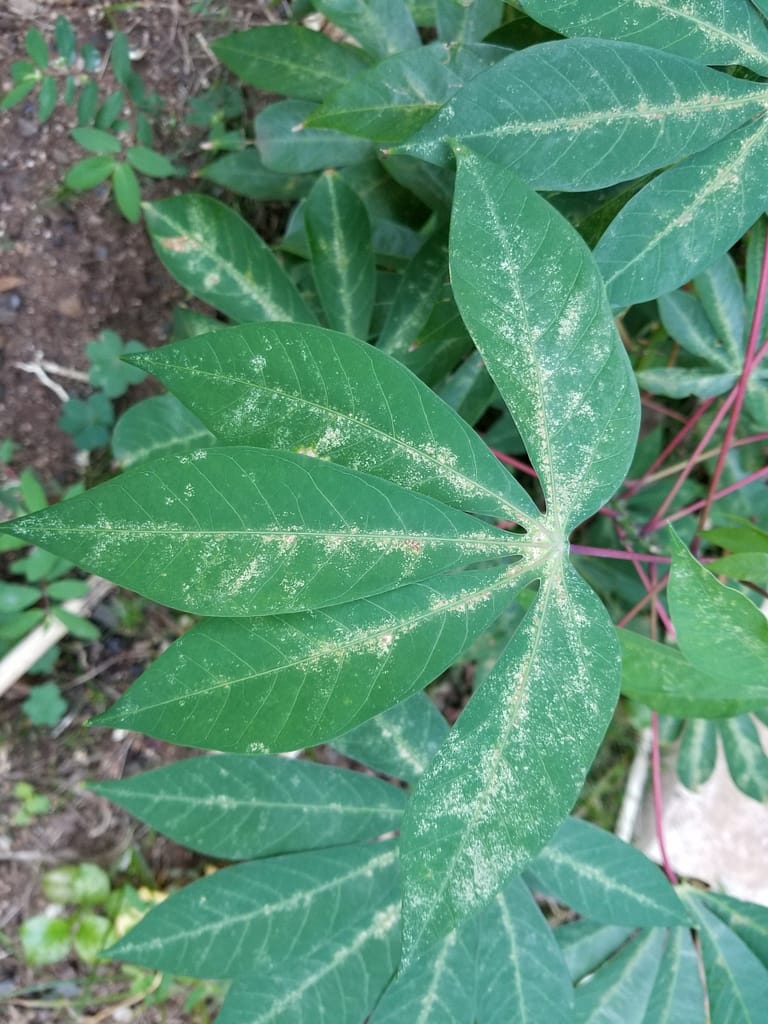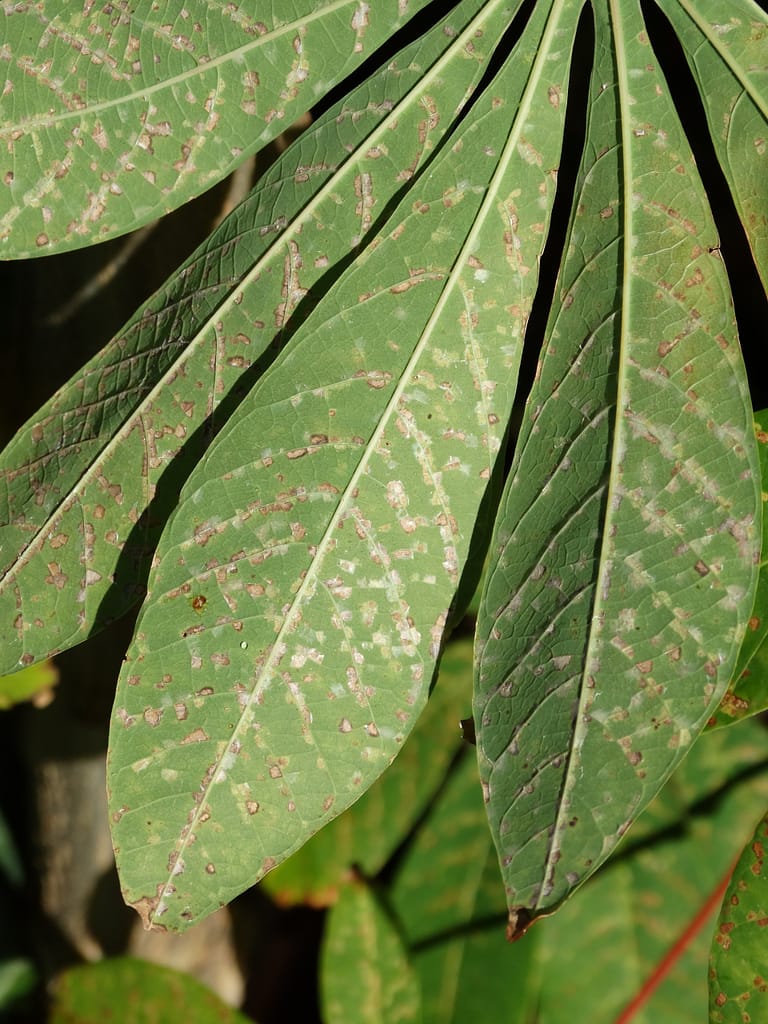What are Spider Mites?
Spider mites are small arachnids that infest common garden plants. Some mites form webs on the foliage of various plants and gather on the undersides of leaves to feed on their cells contents. While not severely damaging in small quantities, when large quantities combine with water stress it can be a serious issue.
Disease Cycle
Spider mites may feed on plants year round when weather and location permit, or may overwinter by laying eggs in rough bark that will return in Spring. Reproduction of spider mites grows when temperatures rise. Hot dry areas are where spider mites prefer, and tend to be the problem areas for spider mite infestations. When a plant’s health declines, spider mites will travel by wind to other plants to continue feeding.
Symptoms and Identification of Spider Mites
If webbing isn’t on your plants, you might not notice the spider mites until the leaves get a heavy stippling on the leaves. They hide on the underside of leaves similar to aphids. If you’re not sure whether they’re aphids or spider mites you can knock them off onto a piece of paper. Aphids will be harder to get off and spider mites will run around once they hit the paper. Other symptoms include:
- Heavy stippling of the leaves leaving a yellowed faded grayish color from removal of the cell wall by the mites (see photos below)
- Knock some off onto of paper and you’ll see them moving around
- Webbing with some species
For images of plants with spider mites scroll to the bottom for help in identifying if it is affecting your plant. If you have photos you’d like to add to the photos below you can send them to [email protected].
Management of Spider Mites
Monitoring
Being able to catch them early keeps them from becoming a serious issue. One of the major signs of spider mites is a stippling yellow color on the leaves. This, along with the webbing of some mites, are usually the first things you’ll notice on your plants. You can check the bottom of the leaves for mites, and can shake them off onto a piece of paper to further identify them. They will run around once disturbed, so you’ll know right away once they hit the paper.
Biological Control
There are myriads of natural enemies for spider mites, but they are frequently damaged or killed by insecticides. It is recommended to provide favorable conditions for natural enemies rather than release natural enemies unless you have a large area such as an orchard. You can do this by avoiding dusty conditions and insecticide sprays. No one likes to hear it, but predators aren’t present if their prey is absent. Having a small amount of spider mites on a few of your plants won’t always cause serious damage, and it will bring natural predators to keep them in check.
Cultural Control
Water stressed plants are most likely to be infected, therefore adequate watering is one easy fix to controlling spider mites. Avoid using broad-spectrum insecticides as they frequently cause mite outbreaks, and use soaps or oils to keep the mite outbreaks from happening.
Chemical Control
Insecticides are responsible for destroying natural enemies and stimulating mite reproduction. If applied in hot dry weather you can dramatically increase the problems causing an outbreak in a matter of days.
If treatment is necessary, use insecticidal soaps or oils. Plant and petroleum based oils such as neem, canola, or cottonseed oils work well. Other acaricides made specifically to kill mites contain natural plant extracts like garlic, mint, and rosemary and are another acceptable option. Contact with the mites is necessary to kill them, so good coverage is important.
These should not be applied with temperatures exceed 90°F or to drought stressed plants or it can cause further damage to the plant.
Toxicity
As with almost all chemicals there is an associated toxicity rating for the active ingredients of different pesticides, fungicides, herbicides, and rodenticides. Here are a few places you can learn more about their toxicity with a table of their rating and what the rating means (first is the preferred):
http://pods.dasnr.okstate.edu/docushare/dsweb/Get/Document-3591/EPP-7457web.pdf
https://extension.psu.edu/toxicity-of-pesticides
These lists do not discuss how long these chemicals stay in the environment, how they affect other plants, or how they affect other beneficial organisms.

